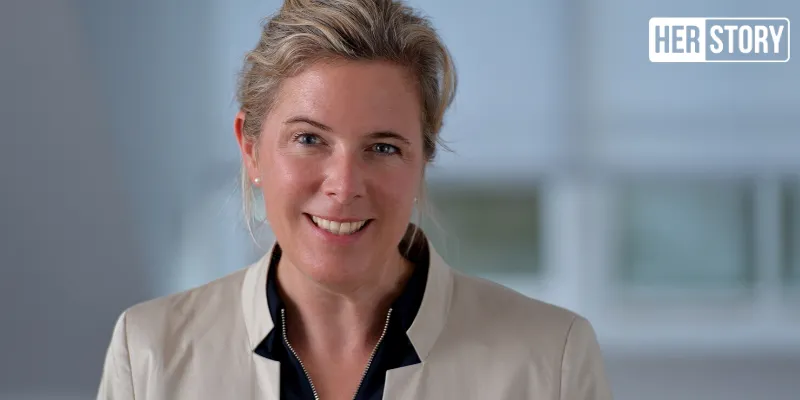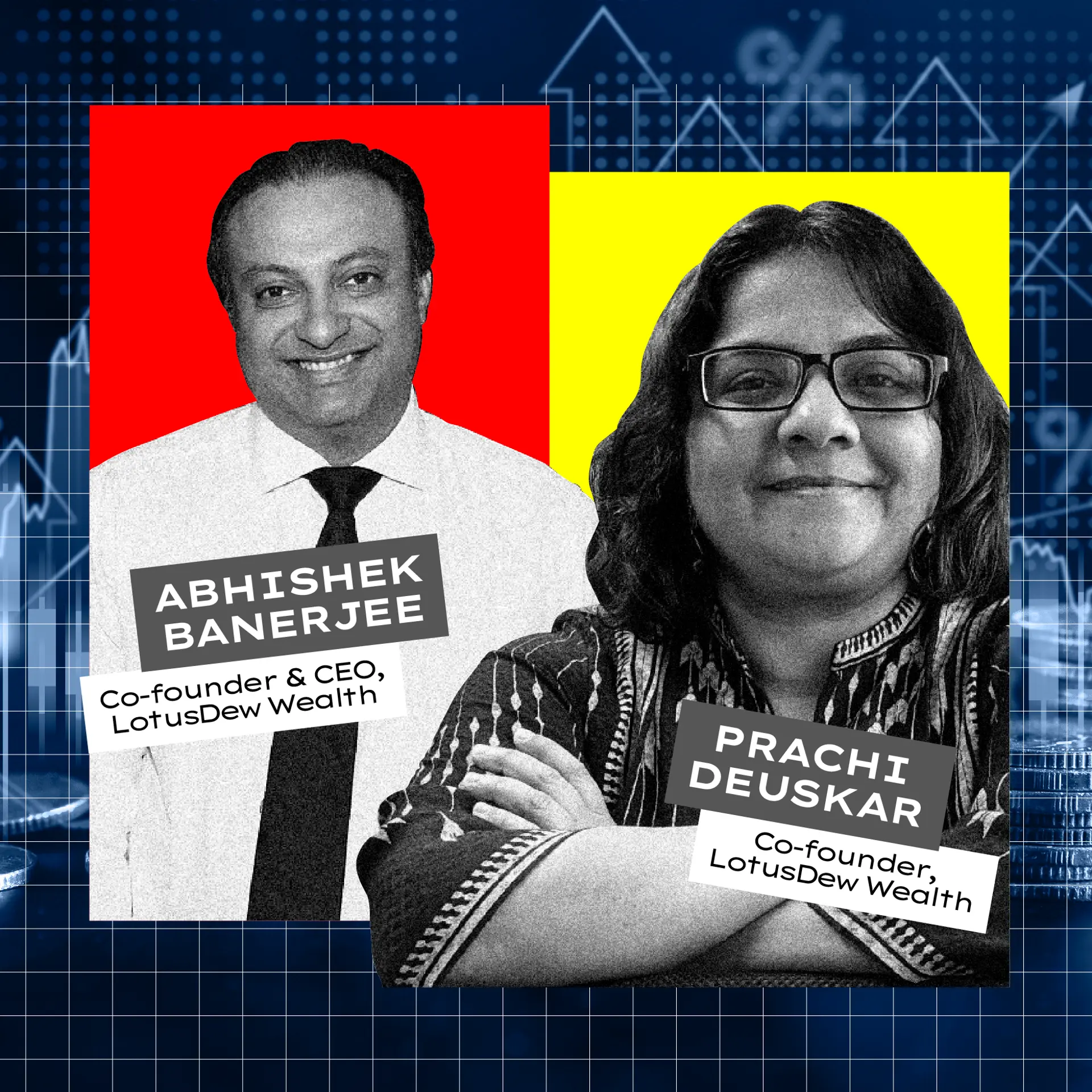[Woman in Tech] As Chief Digital Officer at Halma, Inken Braunschmidt fosters innovation for a safer, cleaner, and healthier future
Named one of the Top 100 Most Influential Women in Engineering, Inken Braunschmidt drives digital innovation at Halma, a UK-based group of life-saving technology companies, and encourages women to take up careers in STEM.
In October this year, Inken Braunschmidt, Chief Innovation and Digital Officer, Halma plc, a FTSE 100 global group of life-saving technology companies, was named one of the Top 100 Most Influential Women in Engineering. The list is produced by Inclusive Boards, in partnership with Financial Times.
It is a major fillip for women in technology, where the number of women in the workforce is still an abysmal number. It’s also recognition of women in STEM working towards newer technologies, and - in Inken’s case - safety, health, and environmental applications.
Inken joined Halma plc in July 2017, and she and her team are working with Halma’s over 40 companies to drive innovation, achieve continued growth, and realise the purpose of growing a safer, cleaner, healthier future for everyone, every day.

Prior to joining Halma, Inken was the Chief Innovation Officer of innogy SE, and MD of RW’s Strategy and Management Consultancy practice. She studied Business Administration and Innovation and Technology Management at Kiel University, Germany, and has a PhD in Technology Management.
In a conversation with HerStory, Inken talks about her achievements, what being on the list means to her, and how we can attract more women to STEM fields.
HerStory: What does being on the top most influential women in engineering list mean to you?
Inken Braunschmidt: Being on the list with two of my colleagues was an honour. It’s an extremely proud feeling to see what women have achieved and the companies they work for. Three women from Halma making it to the list is recognition of the fact that we try to foster gender diversity in our organisation.
HS: It’s heartening to see so many women in senior positions at Halma. Even in India, we see dropouts from the workforce, the higher you climb the ladder. How have you consciously tried to encourage women to excel?
IB: I think you first need to believe that diversity will make a positive different to your company. Also, the top leadership needs to believe that there is a difference in quantity and quality in the boardroom if you have diversity.
Over the past five years, Halma has doubled the number of women on its plc Board to 40 percent and achieved 50 percent gender balance on its Executive Board, starting from 0 percent in 2013. Halma is a member of the “30 percent Club”, which campaigns for better gender diversity on UK boards.
There are not as many women in STEM as we would like to see. Availability of talent and hiring is difficult. So again, it comes back to strategy; you need to put in effort to find the right women to fit the right positions.
HS: While a lot of companies advocate diversity and champion the cause of more women at the workplace, there are still very few women in senior tech positions. Companies say they don’t find the right talent. Is it because they don’t work hard to find the talent?
IB: At Halma, we have a graduate programme for the leadership team and board members. We pick around 15 young people from top universities and job fairs. Also, we have as many women as men from diverse backgrounds, countries, and continents. So, inclusion is really very high on our agenda. I believe one has to start looking really early to foster talent that can be taken to leadership levels.
HS: As Chief Digital and Innovation Officer at Halma, what are your responsibilities?
IB: At Halma, I am responsible for driving innovation and digital transformation for all companies. Halma’s purpose is to provide a safer, cleaner, and healthier future for everyone. We have 45 companies in three areas – production, manufacturing, and selling products in medtech, environment tech, and safety tech.
Our aim is to offer customers value propositions and services in medical and environmental sectors, thereby making a positive impact on everyday life.
If we look at the air pollution in New Delhi, we have companies with devices to sensor and measure air quality or gas. The devices can tell you if something is wrong or right, and provide outcomes for safety. Devices also help you to predict and prevent certain outcomes. For instance, if the air quality is really poor, then you can get an indication that you should not step outside.
HS: As a woman in technology, what have been your biggest successes and challenges?
IB: I think it all begins with how you are raised by your family. I come from a family environment that always fostered equality. I am happy I got a good initial package where we were raised, with the belief and support that it didn’t matter whether you were male or female and you could do whatever you wanted. So, I decided to study technology management.
Also, what was always on my mind was that I do a good job with everything I wanted to do. I also had mentors at different stages of my life that helped me overcome different barriers.
HS: What would your advice be to young women wanting to take up in a career in tech?
IB: Technology is a very exciting and fast-developing field that’s shaping our future in different ways. And, if you want to be part of that exciting future, there’s so much to explore in technology. If I can attract the right talent, I think I might have made a difference.
(Edited by Teja Lele Desai)


![[Woman in Tech] As Chief Digital Officer at Halma, Inken Braunschmidt fosters innovation for a safer, cleaner, and healthier future](https://images.yourstory.com/cs/4/8e7cc4102d6c11e9aa979329348d4c3e/Untitleddesign49-1577673509840.png?mode=crop&crop=faces&ar=2%3A1&format=auto&w=1920&q=75)
![[Woman in Tech] As VP and Chief Digital Officer of Coca-Cola, Asha Shekhar drives digital transformation to create impact](https://images.yourstory.com/cs/4/8e7cc4102d6c11e9aa979329348d4c3e/Women-in-Science-and-Tech-1576989696640.png?fm=png&auto=format&h=100&w=100&crop=entropy&fit=crop)





